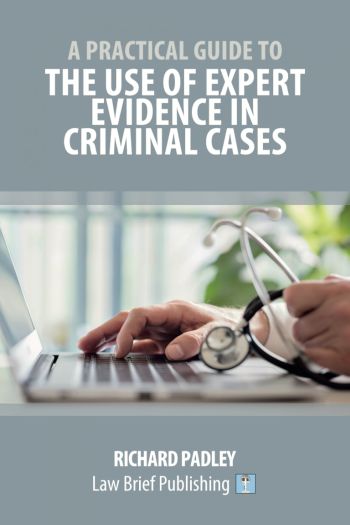
The use of expert evidence in criminal trials hasn’t been far from the headlines in recent years with the collapse of significant criminal trials following challenges to an experts’ expertise. This book takes the practitioner through all stages of the process from initial identification of the need for expert evidence, through to maximising the benefit of this evidence at trial. The book also focuses on three aspects of expert evidence that most practitioners have come across during the course their practice: DNA, cell site, and mental health.
The book examines DNA evidence – how it can be used, and how it can be challenged. This evidence is becoming more routinely used in cases that require establishing a connection with items key to the prosecution’s case. The book explores how the science is used, how it can be challenged and its inherent limitations.
Cell site evidence is a common feature in a range of criminal allegations where the prosecution has sought to establish geographic connection and movement of a Defendant at a particular time. It can equally be utilised by the Defence, for example, to assist support an alibi. Practitioners should be aware of the potential utility of this evidence, but understand its limitations. This book assists achieve that aim.
Finally, society is gaining awareness of mental health and how it effects a person’s behaviour. The criminal courts in turn are gaining a greater understanding of the challenges facing people with mental health concerns. This book addresses how expert evidence can be used to utilise the fitness to plead procedure in both the Crown Court, and its equivalent in the Magistrates’ Court, as well as the sentencing options at the courts disposal when dealing with an individual who has mental health concerns.